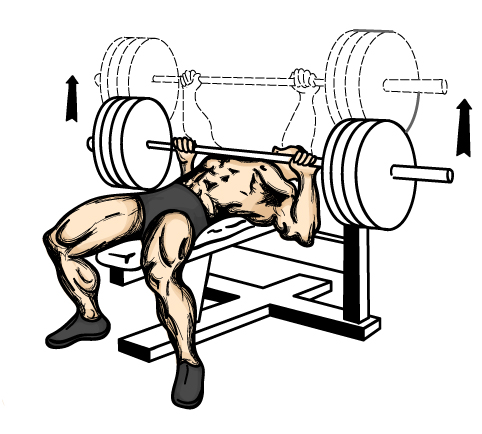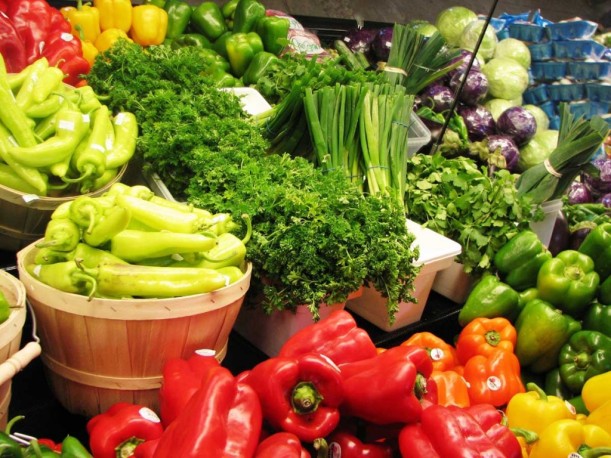Hormones are chemical messengers secreted by various glands known as the Endocrine System within the body. They are circulated through the bloodstream to various organs and tissues where they play very specific roles. The human body is constantly seeking homeostasis or balance to function optimally. Hormones help the body find and maintain this balance but they can fall out of balance as well. Hormonal imbalances will lead to a variety of illnesses related to their individual function and role they have in the body. Hormones influence our growth and development, metabolism, immune system and reproduction. They start and stop processes, as in when we feel hungry or full, as well as some working continuously to perform a specific job. In today’s post, we will be talking about the two hormones that are well known to influence body weight/fat. They are the hormones Ghrelin (the hunger hormone) and Leptin (the satiety hormone).
Ghrelin and leptin are the two hormones that are known to significantly influence our energy balance. Ghrelin is secreted by the empty stomach lining and is responsible for the infamous “growling stomach” sound heard when we are hungry. It is a fast acting hormone that once secreted travels to our brain, specifically the hypothalamus, via the bloodstream and triggers us to eat. It is highest before we eat and lowest after. Research shows that your mindset can play a role on ghrelin levels even more so than the nutrients in the food you eat. In the “milkshake” study, participants consumed the same milkshake except one group’s milkshake was labeled as “indulgent” and the other “sensible”. Those who drank the “indulgent” milkshake showed a sharper decline in ghrelin than those who consumed the same shake labeled as “sensible”. This showed that the participants satiety and physical response matched what they had read on the label. It proved the power the mind has over the stomach.
Now on to the next hormone involved in energy balance, leptin. Leptin is produced in the fat cells or adipose tissue of the body. It’s released in response to eating, traveling via the bloodstream to the hypothalamus signaling our brain that we can stop eating. Leptin’s negative feedback loop evolved to help us to not eat too much or too little thus ensuring our survival. The fat cells produce leptin based on their size. Leaner individuals who have less body fat have lower leptin levels. These individuals have increased appetites because their satiety hormone is low. Those with higher body fat, in obesity for example, will have increased levels of leptin resulting in higher satiety and a decrease in appetite.
So in a perfect world these two chemical messengers would work nicely together allowing us to maintain an adequate energy balance right? When we are hungry, ghrelin is produced and we eat. When we are satisfied, out comes leptin to shut down our eating so we maintain our ideal body weight and everyone lives happily ever after. We shouldn’t have the obesity epidemic we have today and losing weight should be pretty easy. Unfortunately we can develop hormonal imbalances which leads to the inability to lose weight effectively. Today, we have the issue of leptin resistance and the impact it has on the body. In our next post, we will cover what this is and how you can deal with the issue to get things back in balance and achieve your weight loss goals and improve your health.




















